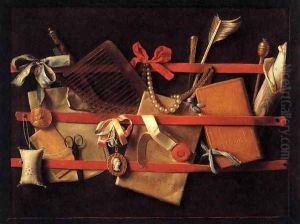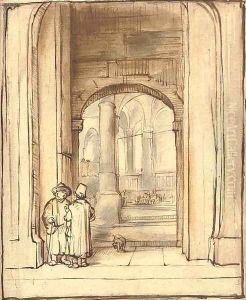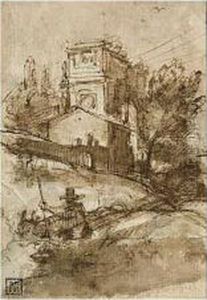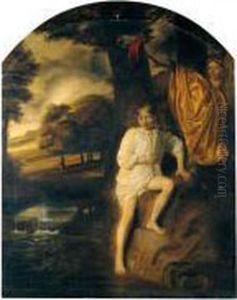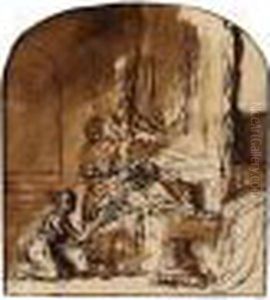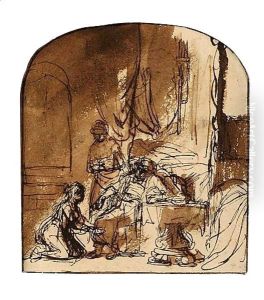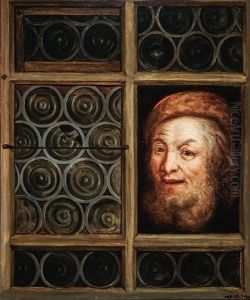Samuel Van Hoogstraten Paintings
Samuel Dirksz van Hoogstraten was a Dutch Golden Age painter, poet, and art theorist, born in Dordrecht in the Netherlands in 1627. He was a student of his father, Dirk van Hoogstraten, and after his father's death, he continued his art education under the guidance of the well-known Dutch painter Rembrandt van Rijn in Amsterdam. Van Hoogstraten is known for his diverse talent, which ranged from genre scenes and portraits to still lifes and historical paintings.
Van Hoogstraten was not just a painter but also a well-respected writer and art theorist. His most famous work is 'Inleyding tot de Hooge Schoole der Schilderkonst' (Introduction to the High School of Art), published in 1678, which is considered one of the most important art theory books of the 17th century. In this book, Van Hoogstraten discusses various aspects of painting, such as perspective, composition, and the use of color, which reflects his comprehensive knowledge of the subject and his contributions to the theoretical foundations of art.
As an artist, Van Hoogstraten was also known for his innovations in perspective. He created so-called 'perspective boxes', which are peepshow-like constructions that display interior scenes in such a way that they appear three-dimensional when viewed through a peephole, showing his mastery of perspective and his ability to manipulate visual perception.
Throughout his life, he traveled extensively, living and working in Vienna, Rome, and London, where he was influenced by the works of other artists and expanded his own artistic style. Despite his travels, van Hoogstraten returned to Dordrecht later in life and continued to paint until his death in 1678.
Van Hoogstraten's works were highly regarded by his contemporaries, and he had a significant influence on later artists. His teachings and theories on art continued to be studied and respected long after his death, marking him as a key figure in the Dutch Golden Age of painting.

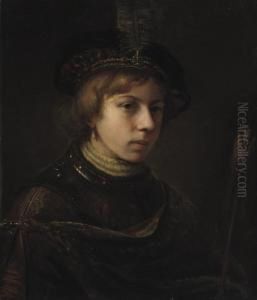




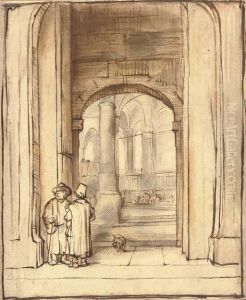




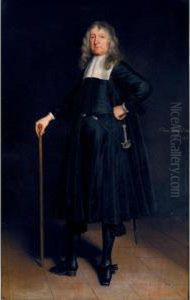


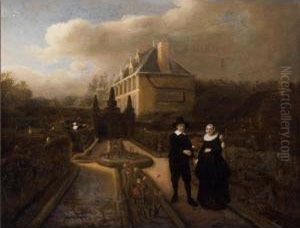


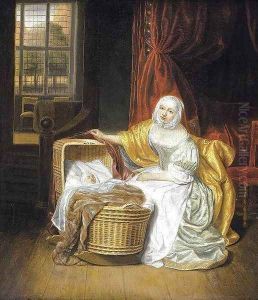






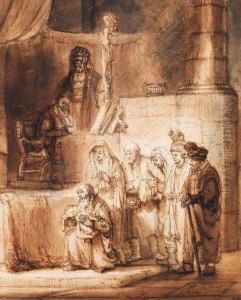



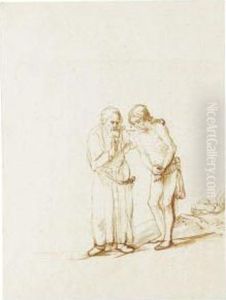

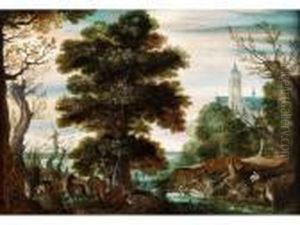
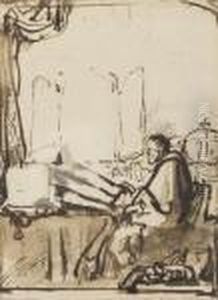



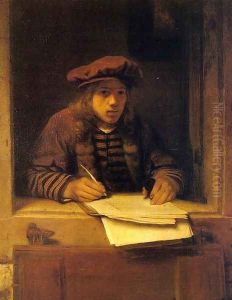
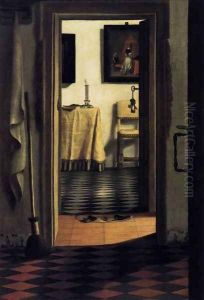



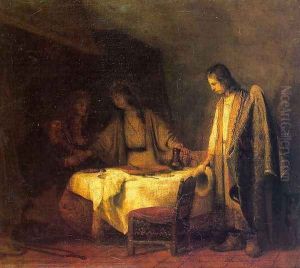
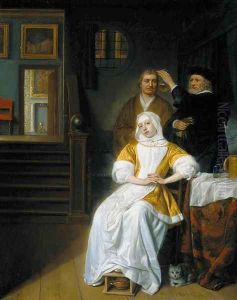
![The Anaemic Lady [detail #1]](https://www.niceartgallery.com/imgs/186494/s/samuel-van-hoogstraten-the-anaemic-lady-detail-1-48c5776b.jpg)
